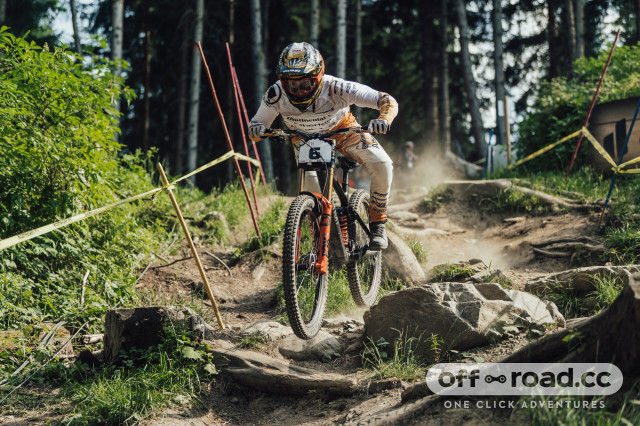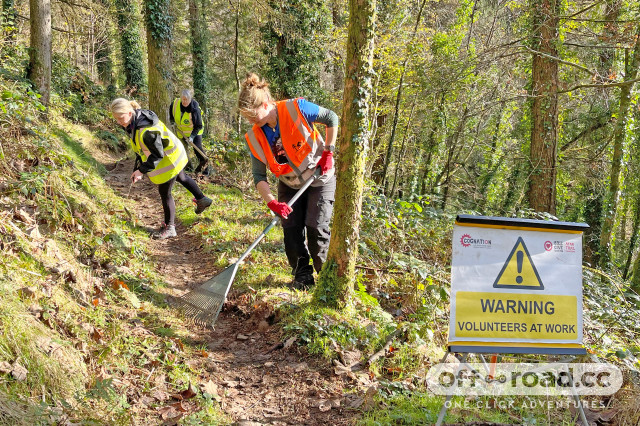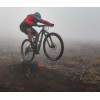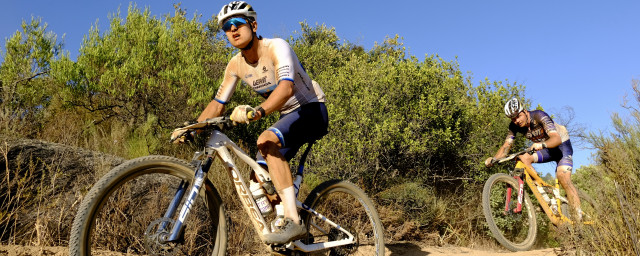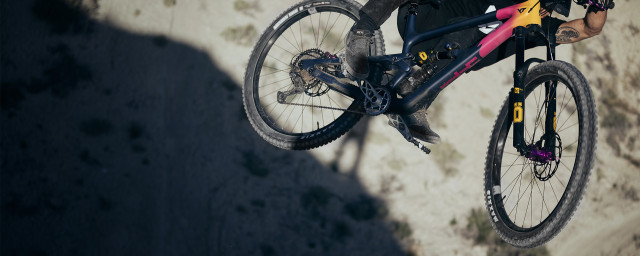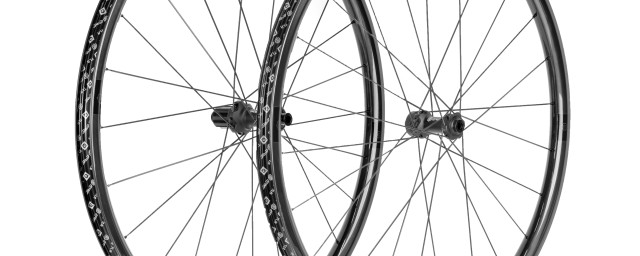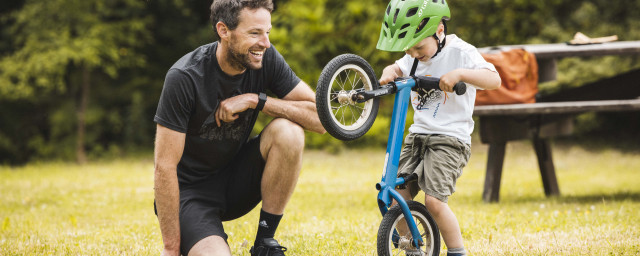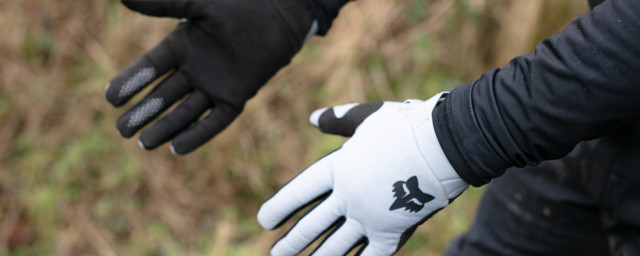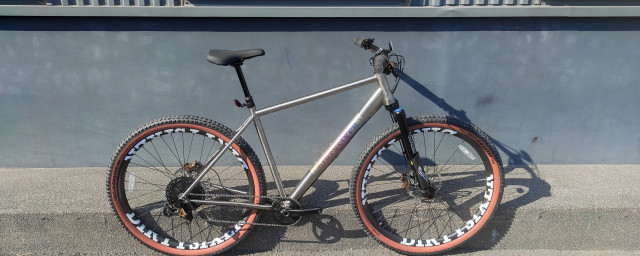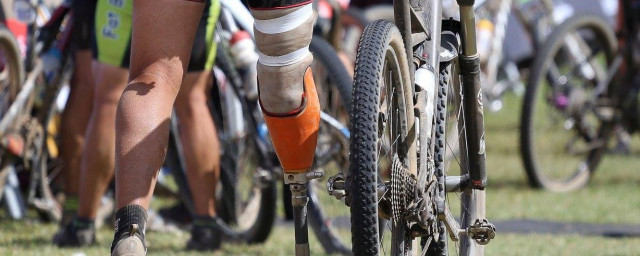Mountain bike skills - how to master MTB

Despite the glorious simplicity of mountain bike design, there is also much complexity and advancement: electronic shifting, intelligent suspension, the intricacies of frame geometry and bike fit, where the tiniest numbers can make a big difference. It’s the depth of innovation and relentless technology curve that can make mountain biking seem a touch intimidating for some. ‘Which skills do I need?’ ‘Can I ride this trail?’ ‘How do I use the settings on my suspension?’ All riders, new and experienced, have moments of being intimidated by the diversity of technology that comes with mountain bikes.
- Best cheap mountain bikes 2024 - budget bikes for all skillsets
- How to start mountain biking
- Cross-country mountain bikes: understanding their design and geometry
That’s why skills development is a lifelong journey for riders who progress from beginners to becoming intermediate mountain bikers. Not assessing your mountain bike skill needs, can be costly and dangerous. Unlike bikes from two decades ago, contemporary mountain bikes can sustain significant descending speeds, potentially getting riders into a scenario where their skills are deficient – with nasty crash risk consequences.
Fitness skills
World Champion mountain bikers never stop training and developing their skills, and a principle they master is to differentiate between handling skills and fitness.
Without an improvement in your mountain bike fitness and endurance, acquiring bike handling skills will be more challenging than it needs to be. When you are fit enough, you’ll focus better on a ride with experienced mountain bikers, who are trying to teach you the subtler nuances of body position, weight transfer and singletrack-specific descending skills.
Fitness is a mountain biking skill that can be enhanced without being on the trail. Indoor trainers have developed to a standard where they are a viable foundation for building pro-level rider fitness, benefitting from integrated data management, training periodisation and virtual reality riding worlds.
Where mountain biking differs most dramatically from road cycling, regarding fitness, is the requirement for strength. Especially upper body strength. You need to develop your grip, forearm, and shoulder strength to control the bike on technical descents, where rock gardens and various other trail features will be trying to ping you offline.
Riding skills
Only elite-level riders can fully exploit a mountain bike's potential. The calibre of advanced engineering that goes into modern frame, suspension, tyre, and wheel design has created mountain bikes with far more capabilities than most riders will even need.
Riding with the flow and enjoying the reward of everything modern mountain bikes can deliver on the trail require constantly evolving skills. Few mountain bikers are intuitive riders, and most will keep repeating bad habits, like unnecessary braking, improper body position, and incorrect lean technique, unless corrected.
Skills training is about getting more out of your bike’s engineering potential, by purging your riding of bad habits. There is no single superior skill. They all build upon each other, creating a superior rider by improving all aspects of your bike handling skills: body position, line-of-sight visualization, braking technique, cornering lean, and the momentum confidence of clearing drops and jumps.
Mechanical skills
Mountain bikes and their components are expensive but can be alarmingly fragile when unskilled intentions meet bike tools. Without developing your mechanical skills, you are creating a potential burden on other mountain bikers to help you trailside and misunderstanding your bike’s technical features, which means you’ll never get its set-up dialled.
Plugging a puncture and relinking a chain are baseline mechanical skills for all mountain bikers. But learning more will make you a better rider, with a greater understanding of your bike – and reduce potentially expensive maintenance and servicing mistakes.
It’s astounding how many mountain bikes are ridden with incorrect suspension set-up.
You’ve bought a bike with a great fork or rear shock, but you'll never benefit from its true potential without the correct sag for the frame kinematics and your weight. You don’t need to be a World Cup team mechanic to set suspension. It’s a simple mechanical skill which doesn’t require advanced tools – and when done correctly, it makes a huge difference to your riding.
The preventative aspect of learning mechanical skills has become more valuable in a time of expensive bike parts. Incorrect fastening of components can have costly consequences. If you overtighten carbon handlebars, they’ll crack. If you use incorrect tool bits and drivers to fasten screws and bolts, they risk rounding, which means you need to drill them out – which is costly.
Mastering some foundational mechanical skills will help you understand your bike better, configure it better, and help you care for it better. Few things make a mountain biker feel sillier than explaining why they ruined a component with tools in the garage instead of a crash on the trail.
Trail building skills
Fitness, riding, and mechanical skills are about making mountain biking more enjoyable for the individual. But there is an often-ignored skill set that is very valuable to the mountain biking community: trail building. Without sustainable and skilled trail building, mountain biking can’t flourish.
The challenge of creating singletrack trails that respect the privileged access to wilderness and nature areas is something that can’t be learned online or from a textbook. Trail building is an art, and those who have mastered it with hundreds of hours of toil, are the only reliable tutors.
Trail builders can scan terrain and amidst all the natural features, trees, rocks, and undergrowth, they’ll see the potential of an ideal singletrack trail. Very few mountain bikers will ever develop the skill of ‘seeing’ singletrack in terrain or understanding how to route and shape it, balancing the needs for drainage, soil stewardship, and rider enjoyment. But occasionally joining a dig team is a selfless and healthy experience more mountain bikers should participate in.
Combining the skills
There’s a saying in photography, which is very relevant for the mountain biking skills journey. ‘ Amateurs worry about cameras, experts worry about lenses and masters, worry about light.’
In mountain biking, fitness and bike handling are the first skills which develop. But progression should never stop, and learning more about how the mechanical bits of your bike work comes next, making you a more complete rider, by creating a better understanding of how to position, place, and exploit the capabilities of your mountain bike and its components on the trail.
Don’t ignore the value of mountain biking skills beyond the bike. Trail building, even for only a few hours every few weeks, can significantly improve your ability to ‘read’ trail flow and features, which will make you an even smoother, faster, and better rider.

